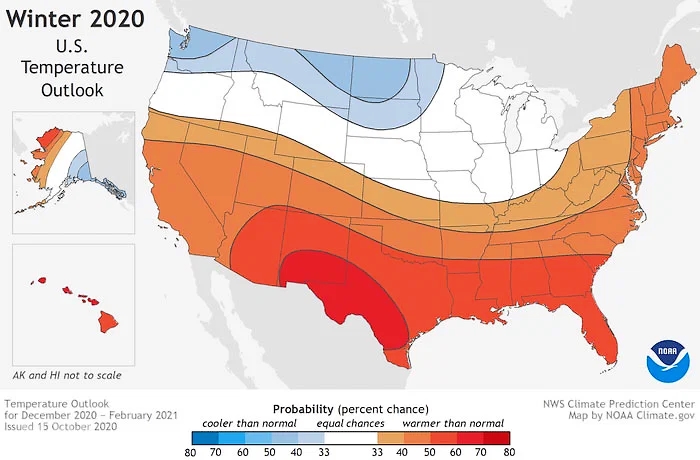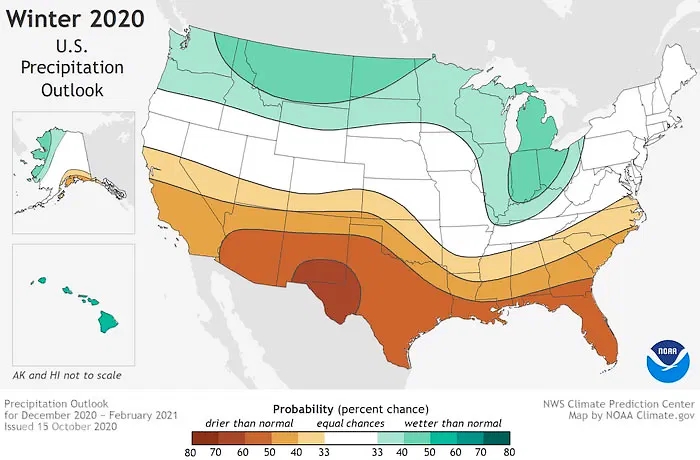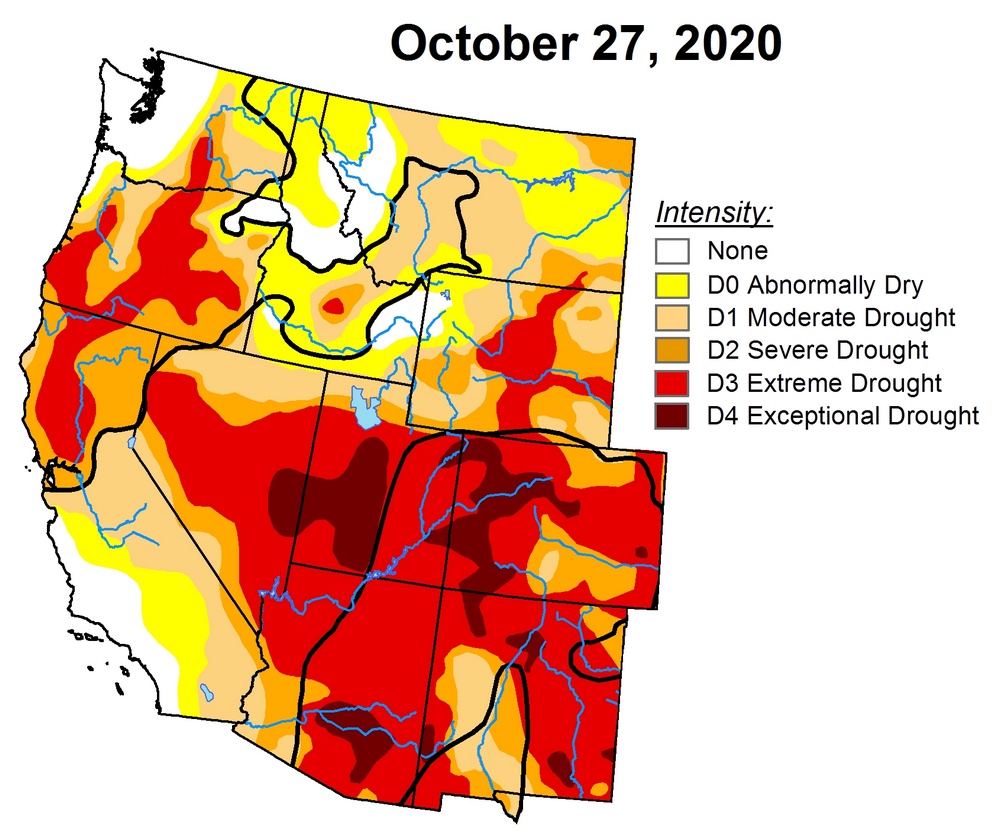Respect for your privacy is our priority
The cookie is a small information file stored in your browser each time you visit our web page.Cookies are useful because they record the history of your activity on our web page. Thus, when you return to the page, it identifies you and configures its content based on your browsing habits, your identity and your preferences.
You may accept cookies or refuse, block or delete cookies, at your convenience. To do this, you can choose from one of the options available on this window or even and if necessary, by configuring your browser.
If you refuse cookies, we can not guarantee the proper functioning of the various features of our web page.
For more information, please read the COOKIES INFORMATION section on our web page.



 These conditions would worsen ongoing drought in the state in the near term. In fact, drought is greatly affecting large areas in the West as a result of the weak Southwest summer monsoon season and temperatures that were near record highs, according to the report. The brutal wildfire season in the West also is a byproduct of this.
These conditions would worsen ongoing drought in the state in the near term. In fact, drought is greatly affecting large areas in the West as a result of the weak Southwest summer monsoon season and temperatures that were near record highs, according to the report. The brutal wildfire season in the West also is a byproduct of this. Nationwide, drought has expanded to its greatest areal coverage since 2013; 72.5 million people are in areas affected by drought. More than one-third of the West is in “extreme” or “exceptional” drought, the two most severe categories, according to the federal government’s U.S. Drought Monitor.
Nationwide, drought has expanded to its greatest areal coverage since 2013; 72.5 million people are in areas affected by drought. More than one-third of the West is in “extreme” or “exceptional” drought, the two most severe categories, according to the federal government’s U.S. Drought Monitor.





























